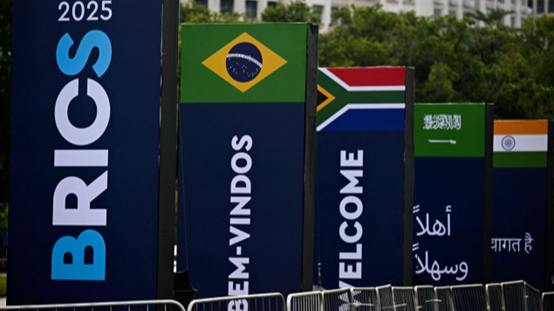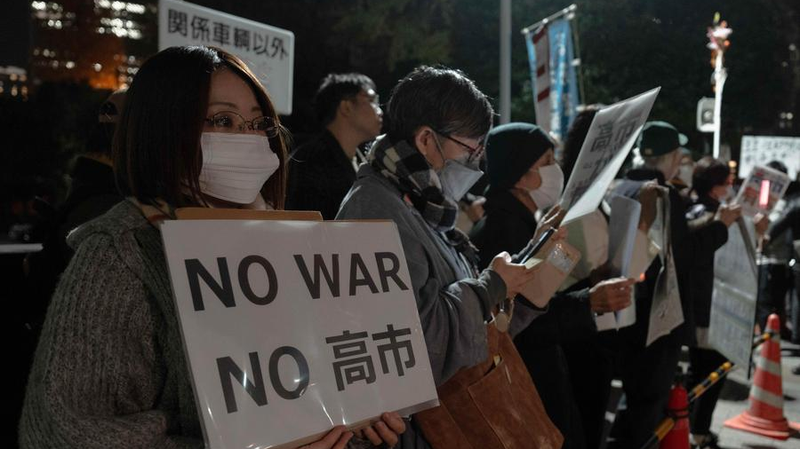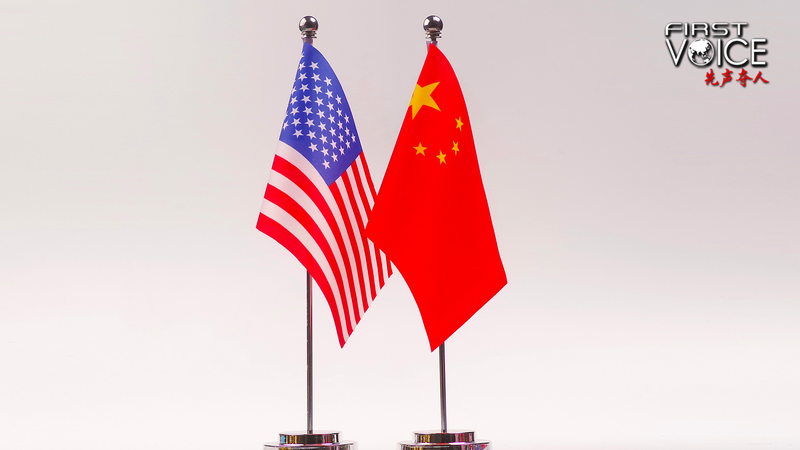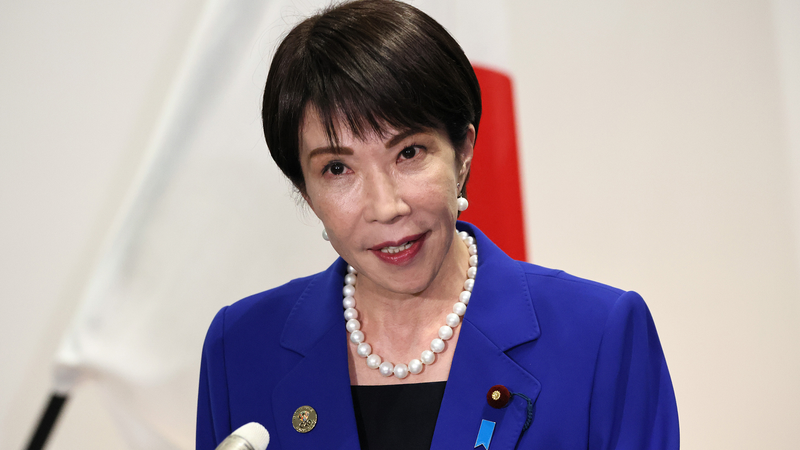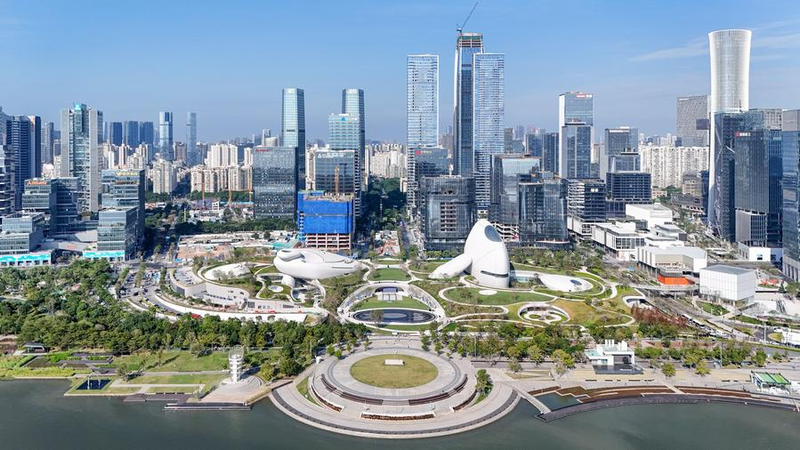As the world watches, heads of state and ministers from 11 BRICS member states and 10 partner countries have converged on Rio de Janeiro for the 17th BRICS Summit. Against a backdrop of rising global tariffs, supply chain disruptions and widening inequality, the bloc positions itself as the champion of the Global South.
With the 90-day pause on additional U.S. tariffs set to expire on July 9, global trade and governance face fresh uncertainty. Summit delegates are expected to unveil strategies to break down trade barriers, bolster supply chain resilience and foster deeper economic integration among BRICS nations.
The expanded BRICS now represents nearly half of the world’s population (48.5%), more than a third of global GDP in purchasing power parity (39%) and almost a quarter of international trade (24%). This economic heft underpins its push for a multilateral order that upholds state sovereignty, rejects protectionism and experiments with trade in national currencies.
Beyond economics, BRICS aims to prevent conflicts, promote peace and address poverty and inequality—longstanding priorities of the Global South. The uneven distribution of COVID-19 vaccines by some wealthy nations and ongoing crises in Ukraine and Gaza have only amplified calls for a fairer international system.
For new members, accession to BRICS is seen as a strategic step to expand South-South cooperation, accelerate infrastructure development and support energy transition—despite threats of punitive tariffs from outside powers. As decisions and declarations emerge from Rio, young global citizens, entrepreneurs and thought leaders will be watching closely to see if the bloc can deliver on its promise to reshape the world stage.
Reference(s):
cgtn.com
